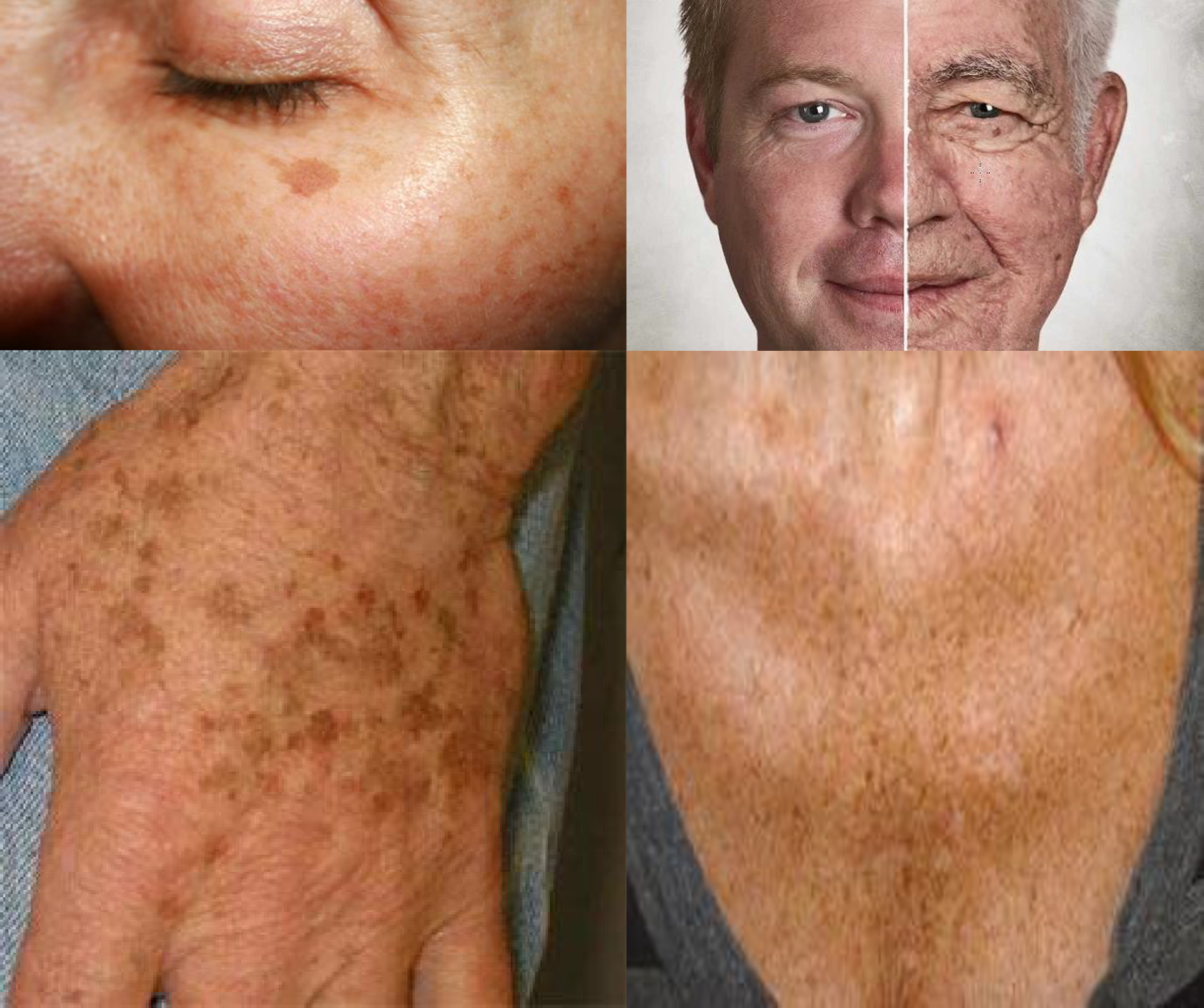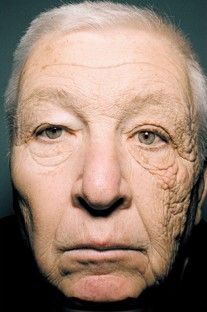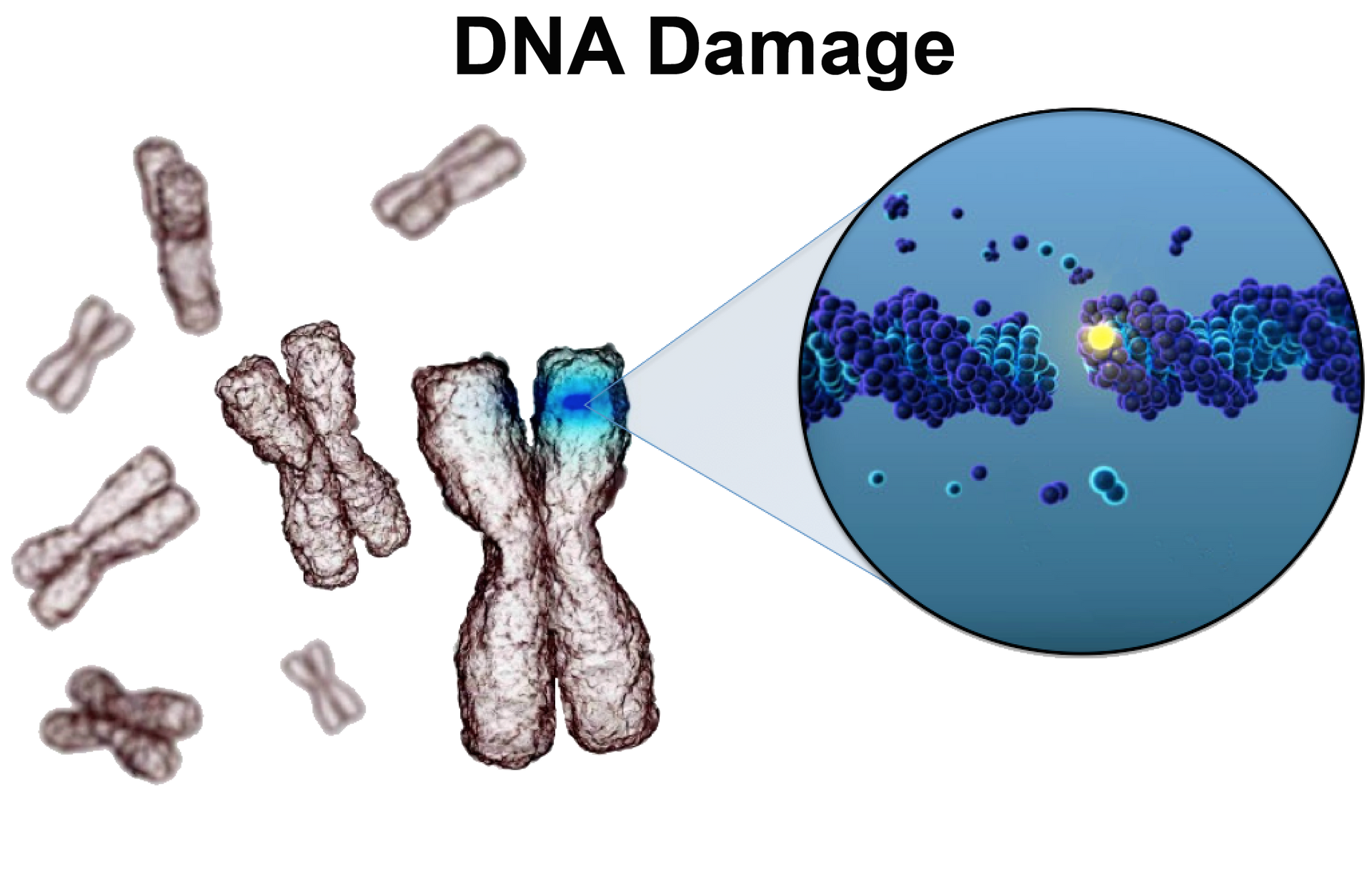Sunscreen

The terms "physical SPF" and "chemical SPF" refer to the types of active ingredients used in sunscreens to protect the skin from ultraviolet (UV) radiation. Here's a detailed explanation of the differences between physical and chemical sunscreens, focusing on their active ingredients, mechanisms of action, benefits, and potential drawbacks.
Everybody knows that keeping our skin and shielding it from the harmful beams of the sun is crucial for keeping nice and healthy skin. One of the finest answers are sunshields. Sunshields are products that shield our skin from dangerous sun radiation. There are two types – physical and chemical sunshields. This paper is going to explore the differences between them. The first paper will focus on how physical sunshields work, and the consequences of physical sunshields on skin. The pros and cons of physical sunshields will also be outlined. The second paragraph will focus on the same sections, but cover chemical sunshields. Chemical sunshields will discuss one shortcoming of physical sunshields. Lastly, the final paragraph will discuss which type of sunshields are better, and why. In summary, it is crucial to shield our skin from the dangerous beams of the sun. Physical sunshields are indicated.
Gentle Protection: Physical Sunscreens
Sun-blockers, including titanium dioxide (TiO2) and zinc oxide (ZnO). Many people with delicate skin or allergies like these inorganic soakers. ZnO and TiO2 are famous microfine forms in commercial sun-blockers thanks to their effectiveness and fancy look. It is generally less prone to cause annoyance than chemical sun-blockers. Thus, people with delicate skin should be thought about when deciding on the make-up. (Anderson et al.)
Chemical Sunscreens: UV Absorption Mechanism
Chemical sunscreen is based on a combustion course to safeguard the skin from the sun. Sunscreen with chemicals like oxybenzone or octinoxate is the most prevalent type in a drugstore. However, they also are the ones that are potentially causing the most harm to coral and people's bodies. Oxybenzone has been pointed out as an issue over a decade ago by EWG, and since then the group recommended keeping away from it, as much as possible, according to David Andrews, Environmental Working Group's Senior Scientist (Brucculieri). In the other hand physical blockers with zinc oxide and titanium dioxide, they do not combustion on the skin, but instead, those blockers evade sun rays from entering the skin. Because of that, the blockers tend to irritate/harm skin less than chemical sunscreen and it is a safer alternative for both a human and aquatic system and it is recommended to avoid chemical sunscreen, EWG stated (Brucculieri).
UV Reflection with Physical Sunscreens
The work of physical sunscreens (also known as mineral sunscreens) is to build a protective layer above the skin's surface that deflects dangerous Ultraviolet energy (N/A). There are mineral sunscreens with FDA-approved mineral parts, like titanium dioxide and zinc oxide. Hence, physical sunscreens do not soak up Ultraviolet energy, but bounce them away instead (unlike chemical sunscreens). Furthermore (!), it makes obvious logic that physical sunscreens give rapid protection because they do not require time to soak up. Instead, they build a "barrier" that speedily deflects Ultraviolet energy. Additionally, mineral sunscreens do not hold risky chemical parts that are likely to induce allergic reactions or other hurt. That is why mineral sunscreens are far safer.A summing up conclusion will be that physical sunscreens are a safer pick compared to chemical sunscreens because they do not hold unsafe parts.price and the risk of an allergic were the chief worries of my buddy.
Conclusion
In summary, it can be said that it is really a matter of personal liking and type of skin if one should go for physical or chemical sunblock. On the basis of the ability of physical sunblocks to act as a shield and bounce the rays, it is observed that folks actually opt for it especially when they have delicate skin. It is an efficient approach to absorb and radiate the harming radiation as it is easy to apply. Therefore, it may be said that the use or selection of sunblocks is based on the need and the method that people require. It is very important as well to know the suitability of the sunblock because the skin is harmed a great deal from the UV rays.
Works Cited
Reference unavailable.
https://publications.iarc.fr/_publications/media/download/3885/328e5bf71433b98b966e9d4773a30ae2f9601cf0.pdf
Brucculieri, Julia. "What You Should Know About Sunscreen Chemicals Oxybenzone And Octinoxate." HuffPost, 2018.
https://www.plasticsandderm.com/media/HuffPost-May-2018.pdf
"Chemical Sunscreen vs. Physical Sunscreen: Choosing the Right Protection for Your Skin." Article Title, Publication Name, Date, pp. Page Numbers.
https://chinesehospital-sf.org/chemical-sunscreen-vs-physical-sunscreen/?print=pdf
Sun and DNA damage
The sun affects our DNA primarily through its ultraviolet (UV) radiation, which can cause various types of DNA damage. Here’s an in-depth look at how UV radiation from the sun impacts our DNA:
Introduction
UV radiation is a prevalent environmental factor that poses a significant threat to human health, especially concerning the development of skin cancer. Understanding the intricate impact of UV radiation on DNA is crucial in devising effective prevention strategies to mitigate these risks. This essay aims to delve into the mechanisms by which UV radiation induces DNA damage, focusing on the evolutionary adaptations of human skin to repair such damage. We will explore the consequences of prolonged UV exposure overwhelming these repair processes and leading to the formation of thymine dimers, which can result in mutations and potentially increase the risk of cancer. By gaining insight into these processes, we can better appreciate the importance of safeguarding our skin from the harmful effects of UV radiation and implementing measures to prevent skin cancer and other UV-related diseases.
Preventing UV-Related Diseases Through Understanding
UV radiation is known to cause damage to DNA, specifically through the formation of thymine dimers, which can lead to mutations in the genetic code. These mutations have the potential to result in skin cancer, as damaged DNA can trigger uncontrolled cell growth and division. Understanding the mechanisms of UV-induced DNA damage is crucial for developing effective prevention strategies against skin cancer. By comprehending how UV radiation interacts with DNA, researchers can target specific pathways to mitigate the harmful effects. This knowledge also underscores the importance of protective measures such as sunscreen, protective clothing, and seeking shade to reduce the impact of UV radiation on DNA. Sunscreen acts as a barrier, absorbing or reflecting UV rays before they can penetrate the skin and cause damage. Protective clothing provides an additional physical barrier against UV exposure, while seeking shade reduces direct exposure to harmful radiation. Together, these preventive measures play a vital role in safeguarding DNA integrity and preventing UV-related diseases like skin cancer.
UV Radiation Overwhelms Skin Repair
DNA repair mechanisms in human skin respond to UV radiation by activating various processes to correct the damage caused. One of the primary mechanisms is nucleotide excision repair, where enzymes recognize and remove the UV-induced lesions in the DNA strands. Additionally, cells may undergo apoptosis to eliminate severely damaged DNA. However, prolonged UV exposure can overwhelm these repair mechanisms, leading to an accumulation of unrepaired DNA lesions. This overload of repair processes can result in mutations and errors in DNA replication, compromising the integrity of genetic information. Ultimately, this can have detrimental effects on skin health, increasing the risk of skin cancer and premature aging. Thus, it is essential to protect the skin from excessive UV exposure to maintain DNA integrity and overall skin health.
UV Radiation and DNA Mutation Risk
UV radiation is known to cause thymine dimers in DNA by directly interacting with the DNA molecules. When UV light hits the DNA strands, it can lead to the formation of covalent bonds between adjacent thymine bases, resulting in the creation of thymine dimers. These dimers can distort the DNA structure, leading to errors during DNA replication and transcription. The potential consequences of DNA mutations caused by UV radiation are significant, with one of the most severe outcomes being the development of cancer. Mutated DNA can give rise to uncontrolled cell growth and division, which are hallmarks of cancer. Therefore, understanding and protecting against UV radiation is crucial for maintaining DNA integrity and overall health. By implementing measures to reduce UV exposure, such as wearing protective clothing and sunscreen, individuals can lower their risk of DNA damage and associated health issues.
Types of UV Radiation
UVA (320-400 nm):
Penetrates deeper into the skin.
Causes indirect DNA damage through the generation of reactive oxygen species (ROS).
UVB (290-320 nm):
More energetic than UVA and primarily affects the outer layer of the skin (epidermis).
Causes direct DNA damage by inducing the formation of cyclobutane pyrimidine dimers (CPDs) and 6-4 photoproducts.
UVC (100-290 nm):
Most UVC radiation is absorbed by the Earth’s ozone layer and doesn’t reach the surface.
Mechanisms of DNA Damage
Direct DNA Damage:
UVB radiation is absorbed directly by DNA molecules, causing chemical changes.
This leads to the formation of pyrimidine dimers, particularly thymine dimers. Thymine dimers are covalent linkages between two adjacent thymine bases in the DNA strand.
Another type of direct damage is the formation of 6-4 photoproducts, which also involve covalent bonds between adjacent pyrimidine bases.
Indirect DNA Damage:
UVA radiation primarily causes indirect damage.
It generates reactive oxygen species (ROS) such as superoxide anions, hydrogen peroxide, and hydroxyl radicals.
ROS can attack DNA, leading to base modifications, single-strand breaks, and crosslinking of DNA strands.
Consequences of DNA Damage
Mutations:
If DNA damage is not properly repaired, it can lead to mutations.
Mutations can cause changes in the DNA sequence, potentially leading to malfunctioning proteins.
Carcinogenesis:
Accumulation of DNA damage and mutations can disrupt normal cellular processes.
This can lead to uncontrolled cell division and the formation of tumors, increasing the risk of skin cancers such as basal cell carcinoma, squamous cell carcinoma, and melanoma.
Cell Death:
Extensive DNA damage can trigger cell death (apoptosis).
This is a protective mechanism to prevent the proliferation of damaged cells that could become cancerous.
DNA Repair Mechanisms
Cells have several mechanisms to repair UV-induced DNA damage:
Nucleotide Excision Repair (NER):
The primary repair pathway for bulky lesions such as thymine dimers and 6-4 photoproducts.
Involves the removal of a short single-stranded DNA segment containing the lesion, followed by DNA resynthesis using the undamaged strand as a template.
Base Excision Repair (BER):
Repairs small, non-helix-distorting base lesions caused by ROS.
Involves the removal of damaged bases by DNA glycosylases, followed by end processing and DNA synthesis.
Photoreactivation:
Some organisms have a photolyase enzyme that can directly reverse thymine dimers.
Humans do not possess this enzyme; instead, they rely on NER.
Prevention and Protection
Given the damaging effects of UV radiation on DNA, it’s crucial to take protective measures:
Use Sunscreen:
Broad-spectrum sunscreens protect against both UVA and UVB radiation.
Regular application can significantly reduce DNA damage.
Wear Protective Clothing:
Clothing, hats, and sunglasses can provide physical barriers against UV radiation.
Seek Shade:
Avoid direct sun exposure, especially during peak UV radiation hours (10 AM to 4 PM).
Avoid Tanning Beds:
Tanning beds emit concentrated UV radiation and significantly increase the risk of skin cancer.
By understanding how the sun affects our DNA and taking appropriate protective measures, we can reduce the risk of UV-induced skin damage and its long-term consequences
Conclusion
The detrimental effects of UV radiation on DNA have far-reaching implications for human health. Understanding the intricate mechanisms by which UV exposure can lead to DNA damage, and the body's remarkable ability to repair such damage, is crucial in developing effective strategies to combat UV-related diseases. By recognizing the significance of this knowledge, we can take proactive steps to safeguard our genetic integrity and reduce the risk of conditions like skin cancer. Responsible sun exposure practices, such as the use of sunscreen, protective clothing, and seeking shade, can play a pivotal role in shielding our DNA from the harmful effects of UV radiation. Additionally, raising awareness about the risks of excessive UV exposure and promoting regular skin examinations can empower individuals to make informed decisions about their health. By embracing these preventive measures, we can actively contribute to the protection of our genetic material and reduce the burden of UV-induced diseases. Ultimately, the comprehensive understanding of how UV radiation affects DNA, the mechanisms of repair, and the potential consequences is a crucial foundation for developing effective strategies to combat the detrimental impact of UV exposure. Through continued research, education, and responsible sun-related practices, we can work towards a future where the integrity of our genetic code is safeguarded, and the incidence of UV-related diseases is significantly reduced.



